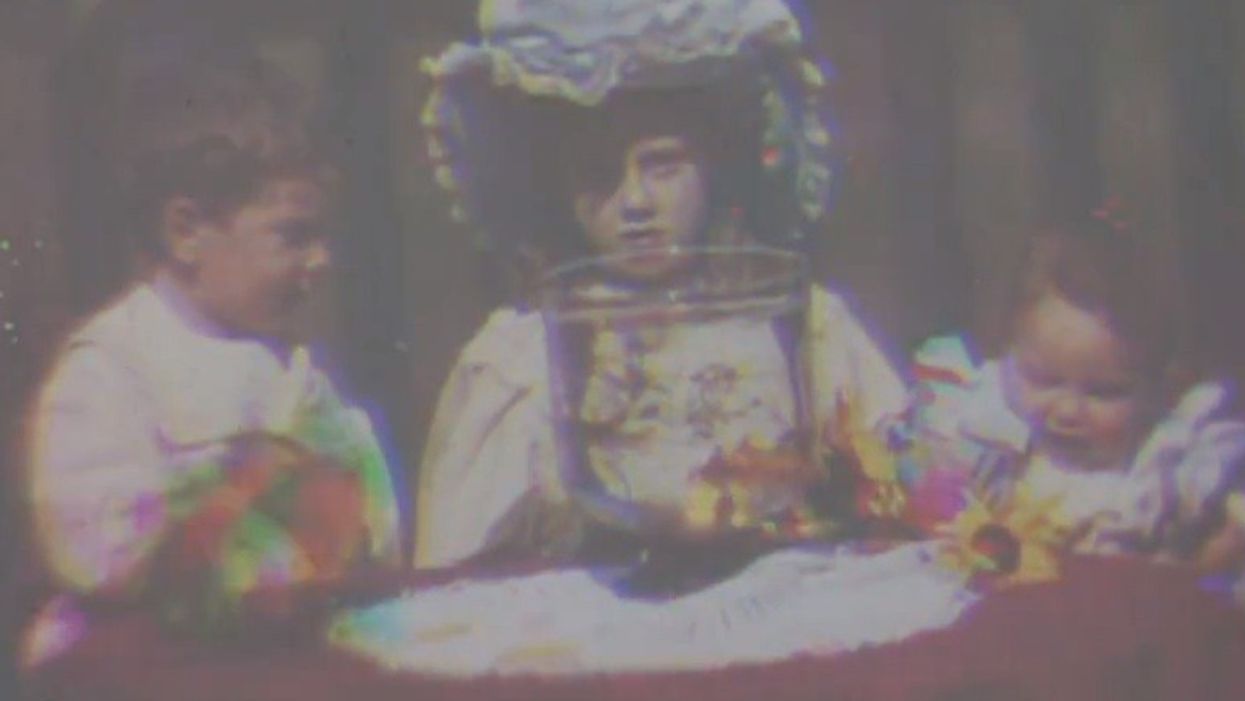Digital Scanning Unlocks the Earliest Known Color Motion Pictures Ever Found

Ironically, thanks to digital technology, we are now able to appreciate what is the earliest known color motion picture film ever made. The Lee-Turner color process was developed by Edward Turner and Frederick Lee over a hundred years ago. The first known example of that process was found in the National Media Museum in the UK and has finally been made available through digital scanning. The film has been dated to 1901/02, and with the help of BFI National Archive experts, they were able to restore the footage and view it as it was intended. Check out the video below for some motion picture history:
It's fascinating that a process which was considered a failure because it didn't work properly is now able to be viewed because of digital scanning technology. Since the film wouldn't run in new projectors, it would have been impossible to view any other way. Speaking of non-standard format, the frames of that film are absolutely gigantic -- it looks like they are as big as full-frame 35mm, except they are running vertically instead of horizontally like Vista-Vision (which is the only motion picture equivalent that uses 35mm with a frame size that big).
The scariest part of the whole process is that the film had been in the collection for three quarters of a century and no one had done anything with it since they didn't have the technology. One thing that celluloid purists still have a point about, what will we do with all of these digital files that may not last 30 years, let alone 100 (or more)?
Links:
- National Media Museum U.K. -- Website
- Earliest Color Moving Pictures Unearthed in U.K. - The Hollywood Reporter












